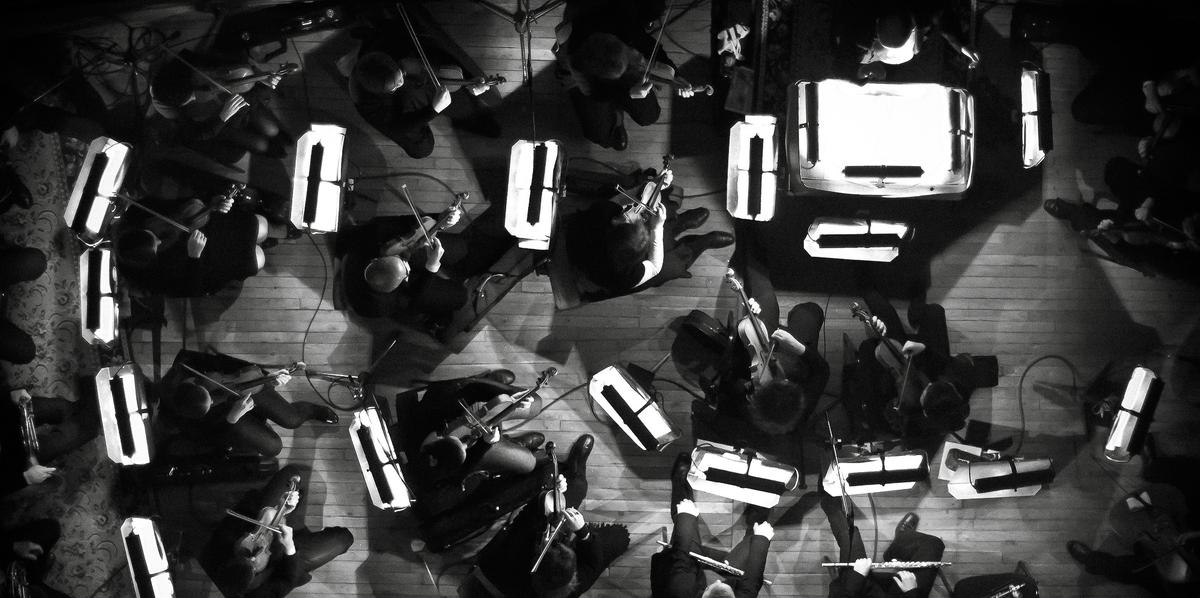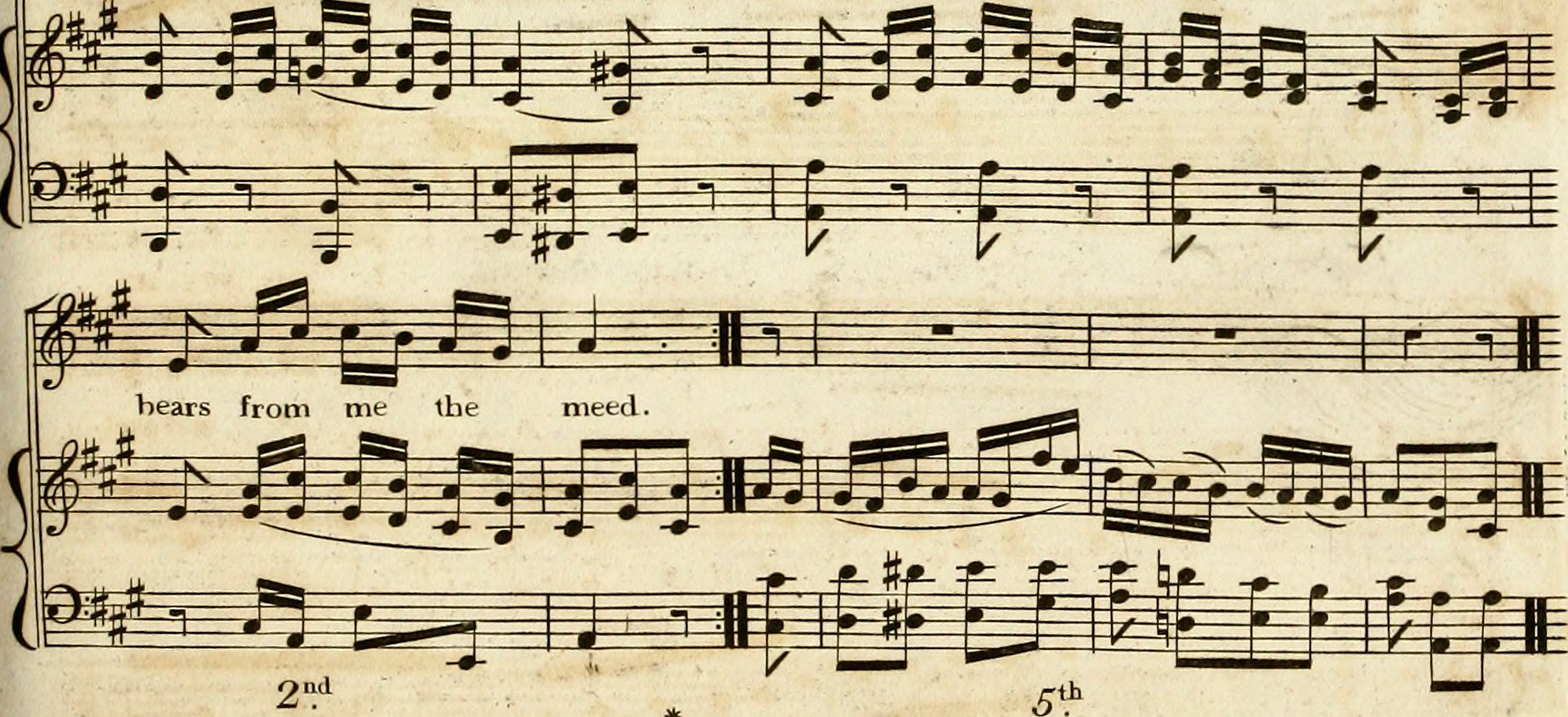Symphonic poem definition
The symphonic poem, also called a tone poem, has really precise peculiarities. Firstly, it is an orchestral work in one movement, but it contains many sections which differ in tempo, pace and character. The symphonic poem is a programmatic genre: this means that, at least in the title, there is an extra-musical idea. Sometimes the extra-musical idea is specified in the score.
There are some examples of programmatic music before the symphonic poem: for example, The Four Seasons written by Antonio Vivaldi (1678-1741), or the Fantastic Symphony written by Hector Berlioz (1803-1869).
The symphonic poem has a continuous musical flow, without interrupting it with multiple movements. It also shows the romantic aesthetics in which the composer wants to share with the listener the extra-musical ideas which inspired him.
Who created the symphonic poem?
The Hungarian musician Franz Liszt (1811-1886) is considered the creator of the symphonic poem. Being considered by the majority the best piano player of the 19th century, Liszt made a long and triumphant tour in Europe between 1839 and 1847. In 1848, Liszt moved to Weimar in Germany to serve as conductor of the court orchestra.
In this period he devoted himself to teaching and to composing. His home became an important meeting center of the supporters of programmatic music facing the supporters of absolute music, that is the music without a program.
The supporters of absolute music thought that extra-musical ideas are not necessary to understand a work: the only important thing are the musical structures which are sufficient to understand music both rationally and emotionally; while the supporters of programmatic music thought that extra-musical ideas help the understanding of music.
Symphonic poems and musical nationalism
In the second half of the 19th century, the national music school flourished. Romantic nationalism is related to the research of an artistic and cultural identity of the European countries. Regarding music, each country developed different opera and instrumental repertoires expressing the particularities of each population.
The musical forms developed in Italy, France, Austria and Germany, considered everywhere as a model, got enriched with elements from folk songs and local traditions.
The symphonic poem brought enthusiasm to the composers related to national schools: it allowed the composer to relate to his cultural identity using the programmatic text.
Here we have some examples.
The Bohemian composer Bedřich Smetana (1824-1884) wrote a cycle of symphonic poems called My Homeland. The most famous piece among these is The Moldau (1874), dedicated to this important river which is in the current Czech Republic. Smetana explains his program in the preface of the score: the music is related in the beginning to the rise of the river and to his run among forests and villages.
Later there is a passage related to nymphs playing in the Moldau during the night; finally, the symphonic poem narrates the triumphant arrival of the river in Prague after overcoming some rapids.
The Russian composer Aleksandr Borodin (1833-1887) wrote in 1880 In the Steppes of Central Asia, a symphonic poem dedicated to Franz Liszt. Borodin states in his program that he wanted to celebrate the two souls of Russia, the Slavic one and the Asiatic one. He states exactly:
In the silence of the monotonous steppes of Central Asia is heard the unfamiliar sound of a peaceful Russian song. From the distance we hear the approach of horses and camels and the bizarre and melancholy notes of an oriental melody. A caravan approaches, escorted by Russian soldiers, and continues safely on its way through the immense desert. It disappears slowly. The notes of the Russian and Asiatic melodies join in a common harmony, which dies away as the caravan disappears in the distance.
The Finnish composer Jean Sibelius (1865-1957) composed in 1899 the symphonic poem Finlandia, with the purpose of protesting against the Russian oppression towards his homeland. The dramatic character of the music, which concludes with a hymn of hope, narrates the oppression and the fight for liberty felt in Finland.
Late Romanticism and the 20th century
In the area related to Austria and Germany we must remember Richard Strauss (1864-1949): he is considered the composer who is best related with the late romantic aesthetics of programmatic music, writing seven symphonic poems. The most famous is Thus Spoke Zarathustra, written between 1895 and 1896. This work is inspired by a book called in the same way and written by the philosopher Friedrich Nietzsche (1844-1900).
In 1903 Arnold Schönberg wrote Pelleas und Melisande, based on the novel written by the Belgian writer Maurice Maeterlinck (1862-1949).
In France there were a few important composers of symphonic poems in the last years of the XIX century, such as César Franck (1822-1890), Camille Saint-Saëns (1835-1921) and Paul Dukas (1865-1935).
In 1884 in Paris there was the performance of Prelude to the Afternoon of a Faun written by Claude Debussy (1862-1918). The success led to performing it entirely again. This music is inspired by a poem written by Stéphane Mallarmé, a symbolist in literature.
Debussy wrote about his work:
The music of this prelude is a very free illustration of Mallarmé’s beautiful poem. By no means does it claim to be a synthesis of it. Rather there is a succession of scenes through which pass the desires and dreams of the faun in the heat of the afternoon. Then, tired of pursuing the timorous flight of nymphs and naiads, he succumbs to intoxicating sleep, in which he can finally realize his dreams of possession in universal Nature.
In 1912 this symphonic poem was choreographed and performed by Les Ballets Russes.
Another composer to mention is the Swiss Arthur Honneger (1892-1955). Pacific 231 (1923) is a symphonic poem by Honneger related to the composer’s love towards steam trains; in this poem there is an actual reference to a particular kind of locomotive. Rugby (1928) is another symphonic poem by Honneger dedicated to this sport.
Finally, it must be mentioned the Italian composer Ottorino Respighi (1879-1936) with his trilogy Fountains of Rome (1916), Pines of Rome (1924) and Roman Festivals (1928).
Conclusions
As you can see, the symphonic poem is a really important genre in Western Classical Music. For the reasons explained above it is really challenging in playing, but at the same time so thrilling to listen! The human being has felt the need of telling and listening to stories since it appeared on this planet, and what is better than letting music tell these stories?




